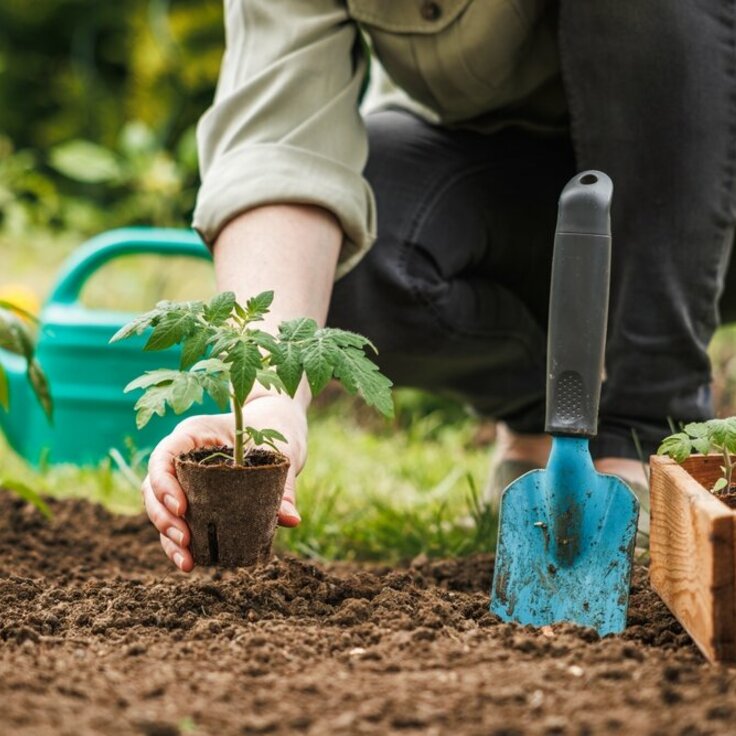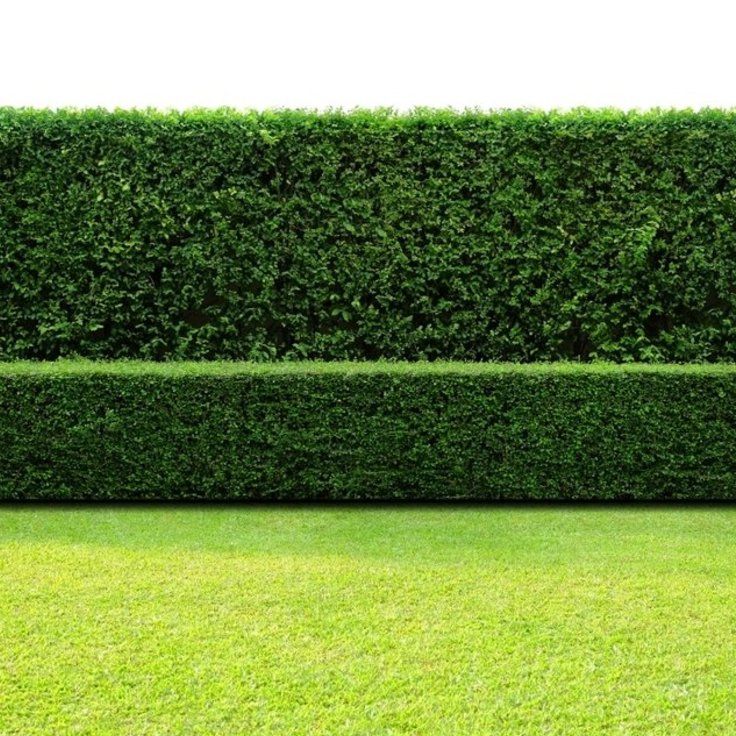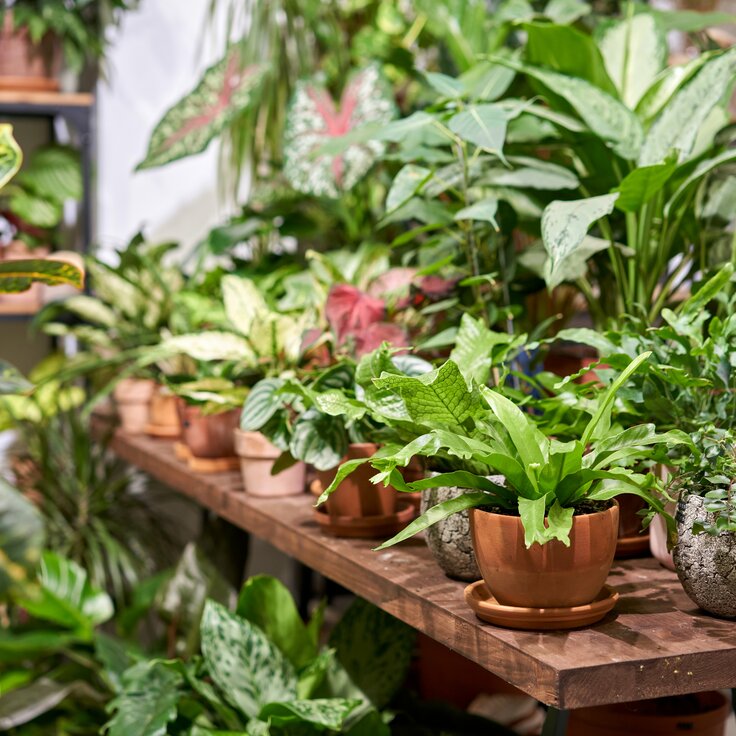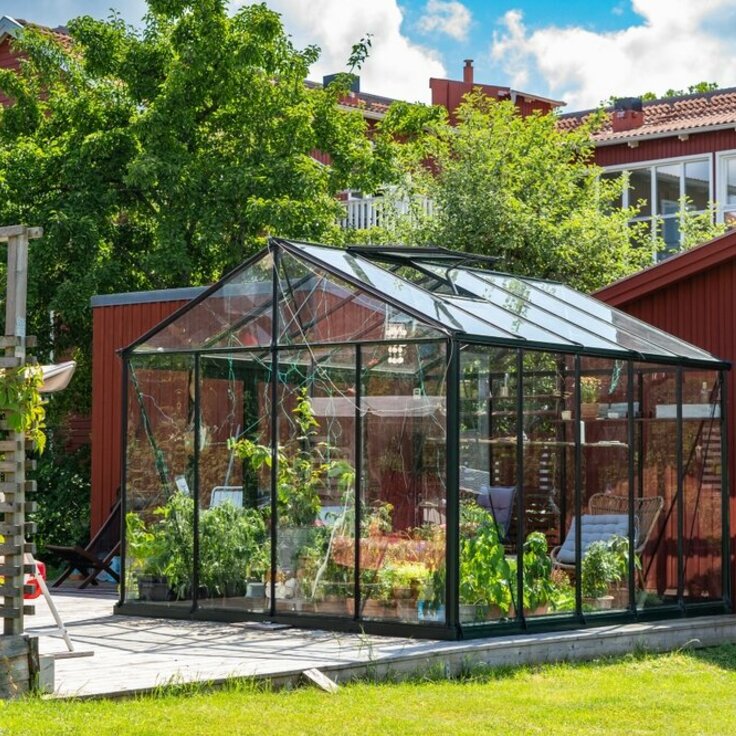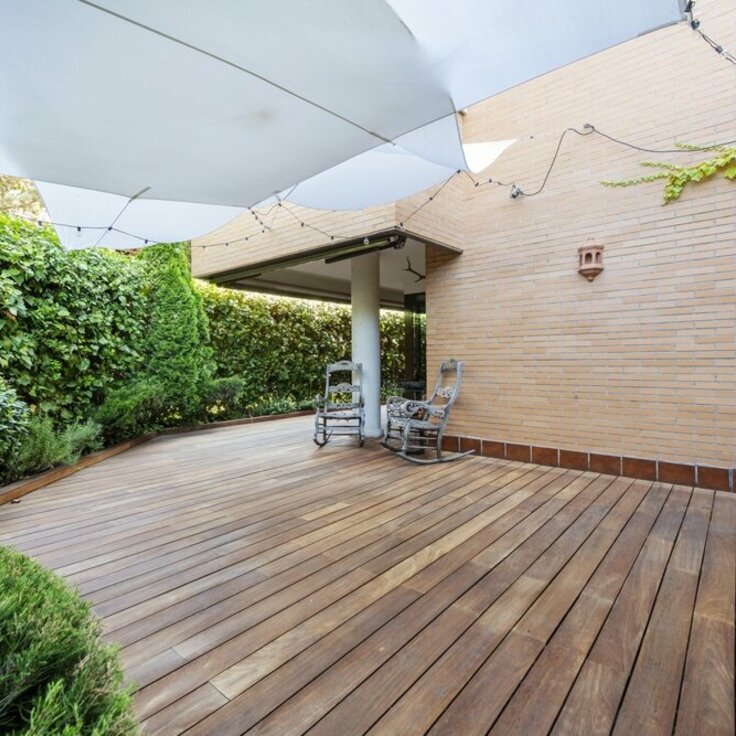Pruning in Winter: What You Can Prune and When?
Winter is often seen as a quiet season for your garden, but it's actually the ideal time to use your pruning tools. Pruning during this period not only results in a tidier garden but also lays the foundation for healthy growth in the spring. In this blog, we explain which plants you can prune and when it’s best to do so.
1. Why is winter pruning beneficial?
Many plants and trees are dormant in winter, making them less susceptible to damage and enabling quicker recovery. Pruning during this time offers the following benefits:
- Improves the health of the plant.
- Stimulates new growth in spring.
- Keeps the shape of the plant neat and manageable.
Did you know? Pruning in winter helps prevent diseases by reducing sap flow and giving fungi less chance to spread.

2. What can you prune in winter?
Not everything in your garden is suitable for pruning during the cold months. Here’s what you can prune:
Fruit trees
Winter is the ideal time to prune fruit trees such as apple and pear trees. By cutting the right branches, you allow more light and air, which promotes better harvests.
- When? From December to February, as long as there’s no frost.
- How? Remove dead or diseased branches and maintain an open crown structure.
Hedges
Evergreen hedges like box and yew can benefit from a trim during the late winter months.
- When? In February or March, before growth begins.
- How? Use a sharp hedge trimmer to achieve clean lines.
Shrubs
Deciduous shrubs, such as hydrangeas, can be lightly pruned in winter. Remove old branches to encourage new growth.
- When? From January to March.

3. What should you avoid pruning in winter?
There are plants that should not be pruned during the winter months. Avoid pruning:
- Spring bloomers: Plants like magnolia and forsythia bloom on wood from the previous year. Pruning now will cause you to miss out on their spring flowers.
- Roses: It’s better to prune roses in spring once the frost risk has passed.
Tip: Always check if there are bird nests in shrubs before you start pruning, as some birds use these plants as shelter in winter!
4. What tools do you need for winter maintenance?
To prune properly, you need the right tools. Here are some tools you should have:
- Secateurs: For smaller branches and detailed work.
- Pruning shears: For thicker branches.
- Saw: For larger trees and shrubs.
Visit a local garden centre for professional pruning tools. Check our list of garden centres here to find everything you need!
5. How to avoid pruning mistakes?
Pruning may seem straightforward, but there are a few things you should avoid:
- Pruning too much: Less is often more, especially with trees.
- Pruning during frost: This can damage the plant.
- Dull tools: These can cause ragged wounds that are hard to heal.
6. Care for your garden after winter pruning
After pruning, your garden needs extra attention:
- Feed the soil with compost or fertiliser to strengthen the roots.
- Protect vulnerable plants with a layer of mulch against the cold.

Enjoy a healthy garden in spring
With these tips, your garden will look great and be ready for the coming growing season. Make sure to get the right tools and supplies at a garden centre. Find a garden centre near you via gardencentreguide.co.uk.
Happy pruning and see you in the spring!



